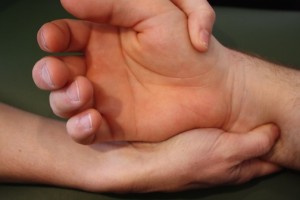- MAT views the causes of problematic body mechanics differently than most other treatment modalities.
- Instead of focusing on muscle tension, MAT identifies and treats muscle weakness, seeing the weakness as the cause of tightness, and therefore of higher priority than tightness.
- The goal of the MAT process is to find your body’s limited motion, weakness and vulnerability and correct it through the muscular system. By focusing on the role of the muscular system in injury, MAT fills a void in conventional rehabilitation techniques.
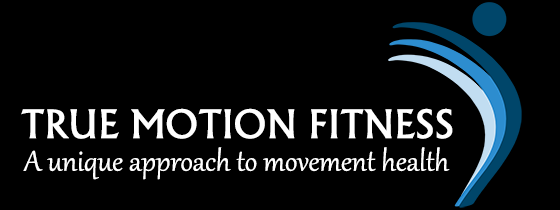
MAT FAQ
Home
| MAT FAQ
We are now open at our new location and offering both MAT and personal training!
Frequency Asked Questions about MAT
What is MAT?
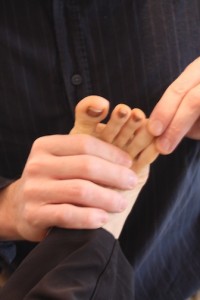 A technique that identifies and treats muscle imbalance and weakness to restore the body to proper alignment and function.
A technique that identifies and treats muscle imbalance and weakness to restore the body to proper alignment and function.- A system of checks and balances is built into the technique which verifies the effectiveness of the treatment and allows us to reproduce the results.
How does MAT work?
- MAT works on the premise that over time our muscles can become weak due to trauma, overuse or stress. Long-term weakness often leads to other muscles having to over-work to compensate, which results in pain or weakness.
- As MAT specialists, we realize that pain and tightness are symptoms of underlying muscle imbalance and weakness. We identify and treat the non-functioning muscles to help restore stability to the whole body. As you gain strength and stability, the muscles that have had to compensate will no longer need to, which may alleviate pain, tightness, sprains, strains, etc. and provide an environment were your body can heal.
- For example, as your ankle gains stability, your hip and knee no longer have to over-work, which may lead to decreased pain and better body mechanics.
How does MAT treat muscle imbalances and weakness?
How is MAT different from other forms of treatment?
What’s the MAT perspective on stretching?
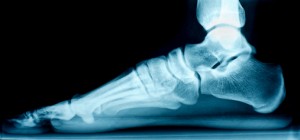 MAT sees muscle tightness as a protective mechanism that the body uses to compensate for areas of instability. Conventional stretching, by forcibly alleviating muscle tension, also dangerously removes the body’s innate defenses without resolving the underlying causes.
MAT sees muscle tightness as a protective mechanism that the body uses to compensate for areas of instability. Conventional stretching, by forcibly alleviating muscle tension, also dangerously removes the body’s innate defenses without resolving the underlying causes.- The MAT approach is to restore the muscle control that the body needs to stabilize the affected joints, which improves both mobility and stability.
What can I expect during a MAT session?
- MAT is a hands-on technique and is typically performed using a massage table. All sessions are conducted fully clothed so wear comfortable clothing that is easy to move in. Sessions typically last 60 minutes. You may be given simple isometric exercises at the end of the session based specifically on what was discovered during the MAT process.
How many sessions will be needed to experience results?
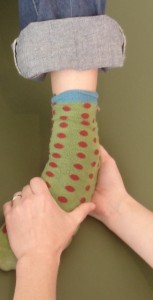 Some MAT clients experience instant results in the form of improved strength and stability or decreased pain, for others it is a longer process. How long a specific issue requires treatment depends on many factors, including: overall health and age, the number and severity of injuries, duration of the current complaint, and compliance with recommended activity modifications.
Some MAT clients experience instant results in the form of improved strength and stability or decreased pain, for others it is a longer process. How long a specific issue requires treatment depends on many factors, including: overall health and age, the number and severity of injuries, duration of the current complaint, and compliance with recommended activity modifications.
How does one become certified in MAT?
- MAT practitioners receive 10 months of training with master trainers. The training includes intensive study of anatomy and biomechanics. Passage of an exam is required for certification. Practitioners are required to complete continuing education annually to retain certification. Please see muscleactivation.com for more information.
Why haven’t I heard of MAT before?
- MAT is a relatively new method that has only been publicly available since 2002. It has shown great effectiveness in its use with professional sports teams like the Denver Broncos as well as chronic pain sufferers and everyone in-between.
Who created MAT?
- Greg Roskopf developed MAT when conventional modalities didn’t work for him. He is a biomechanics specialist and consultant to many professional sports teams. He has a private MAT practice in Denver, Colorado. Click here to see Greg Roskopf performing the muscle testing portion of MAT.
Do you accept insurance?
- We do not accept insurance at this time.
